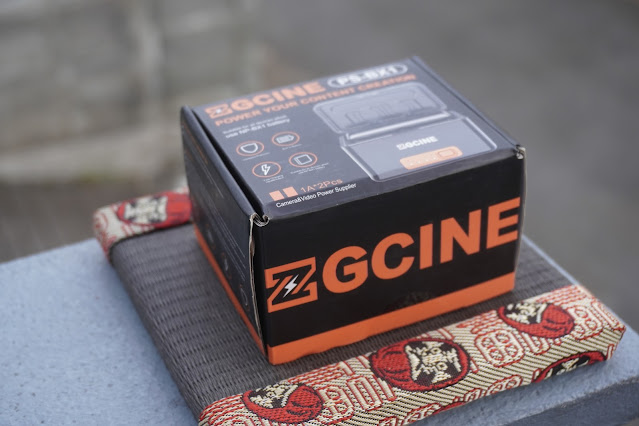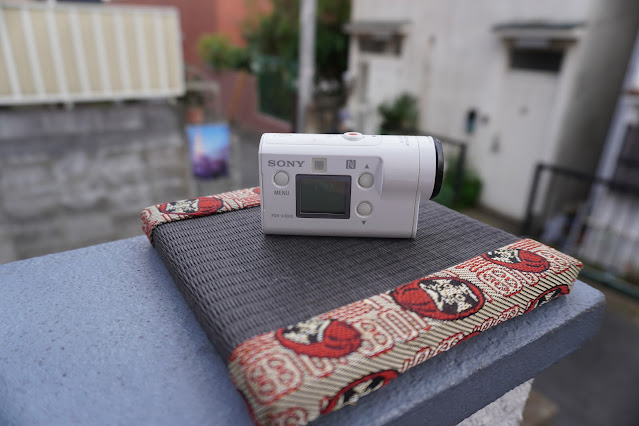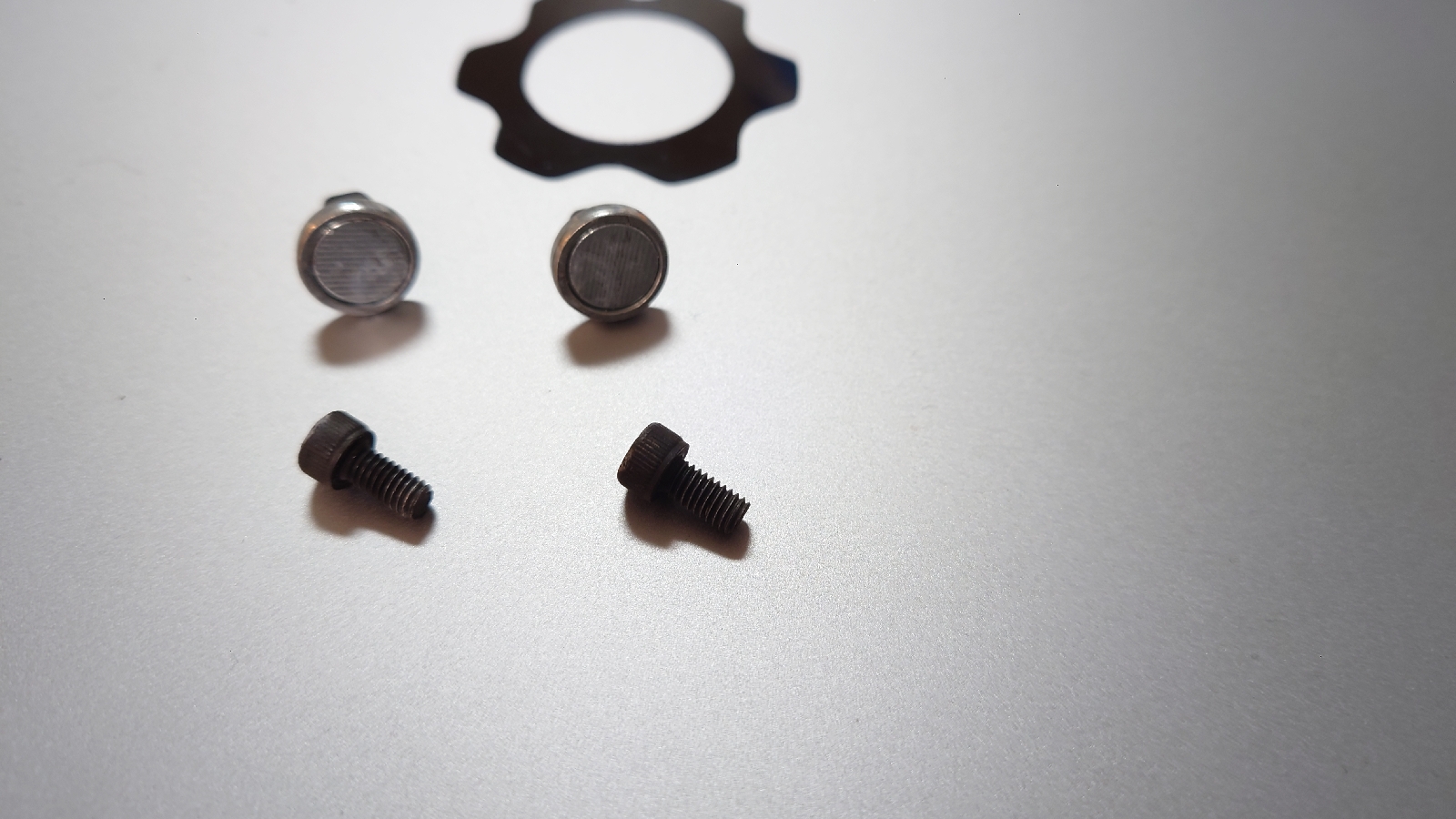Sony ActionCam FDR-X3000 Accessories
As you'll know from my previous entry, I use a Sony ActionCam ... action camera to record my rides. I use the Sony because nothing has surpassed it yet in terms of video quality for my puposes, despite the fact that it was re4leased in 2016 and others like GoPro continue to release new cameras every year! It would seem as if none of the current manufacturers are concerned in the least with low light performance or stabilization against vigration - two things that the X3000 excels at (at least in comparison with other action cameras).
I had hoped by now that something better would have come along, but it hasn't, so I am doubling down on the X3000. It's not just me, though, the price of the X3000 has been rising recently - to the point that a used one now costs more than a new one did back when they were still in production! The official accessories are have also gone up from their already expensive starting prices! Clearly the demand is outstripping the supply, but Sony seems to have no interest in introducing a successor model, and nobody else has an interest in releasing anything that can compete with the X3000 where it excels.
Also, as an aside, I really like the form factor of the X3000, and dislike the form factor of most action cameras. Clearly the X3000 design is more aerodynamic.
If you use a Garmin, GoPro, Insta360, or some other action camera, fear not, similar products for your camera are most likely out there!
Also, while I generally only buy first party accessories, certain things are only made by 3rd parties, and in some cases, the 3rd party versions might even be better.
So, when recording long bike trips with the ActionCam, there are primarily two issues:
1. Running out of space on the SD Card
2. Running out of battery power
The first one simply demands you swap out the SD card with a new one. I have a collection of numerous 64GB and 200GB cards. The 200GB ones aren't fast enough to record at 100Mbps, though, so I am replacing them now with two new cards: 256 and 512GB Kioxia U3 cards. These aren't cheap, but they should be reliable, and even with the 256GB card, I should be able to record a long trip without swapping cards or offloading data.
Another option is to bring a computer along, and copy the SD card sdata onto the computer, deleing the original data, or copy the data onto a computer (or your phone) and delete the data from the SD-Cards. None of this is stuff I really wan tto do when travelling.
Since SD Card prices have fallen drastically since 2016, buying a fast 512GB card is now possible, and I can verify than the X3000 works with 256GB and 512GB cards with no issue.
If you have multiple cards, you probably should store them properly. You can of course put the MicroSD card into a full size SD Card adapter, and then put the adapter into one of those clear plastic cases, but if you have several SD cards, this can be bulky and unorganized. I purchases this aluminum Micro SD Card case from Elecom. I bought one when I was on the way to Nagano because I got tired of searching for SD cards scattered around my bag, and I bought a new one (the red one) recently online.
I have used the first one for about a year now, so I can say is is sturdy and strong. It closes securely, and the cards don't rattle around or fall out.
The second issue is that while a 512GB card may be enough to record video all the way from Tokyo to Osaka, it won't make your battery last forever, and you will still have to stop and replace your battery every so often.
Garmin has imagined that their action cameras will be used mounted to a bike or motorcycle, and so has thought of a solution to this with their "powered mounts", but sadly this hasn't occured to any of the other manufacturers, including GoPro or Sony.
I have tried to plug in power to the camera using the MicroUSB port while operating it, but it doesn't seem to run off of USB power or charge the battery while on, so plugging it in doesn't increase the amount of time I can record.
So, I went searching for batteries that might hold more than the official Sony ones.
While searching for extra batteries, I found something very interesting.A little background: In the [non-action] camera world, there are things called "Dummy Batteries". These are things that you can plug into your DSLR , mirrorless camera, or even point-and-shoot camera in order to allow you to run it for longer periods of time than a battery would allow. This can be useful when recording video, but also for things like time lapse photography, etc.
Sony sells a Point-And-Shoot "Vlogging camera", the VLOGCAM ZV-1. The camera is fine and all, though honestly, if you want to take video for Vlogging, the X3000 is probably better for most people! The important point, though, is that the ZV-1 just so happens to use the NP-BX1 battery pack as the X3000.
Whereas nobody develops dummy batteries for action cameras, they do develop them for "normal" cameras. The ZV-1 also has a web cam feature for people who want to use their ZX-1 as a webcam for Google Meet/WebEx meetings and the like. This feature drains the battery, and meetings might last a long time, so I heard about the dummy battery for the ZV-1, and decided to give it a try on the X3000.
The first thing to note is that since there is unavoidably a wire coming out of the dummy battery, the camera door can't close. This is about as close as it can get. Still, if you use a rubber band or velcro strap, you can hold the door shut without doing any damage to the camera or cable, and without it rattling. This does obviously mean the camera won't be waterproof while you're using it this way, however.
 |
| X3000 Camera with dummy battery installed, and battery door (mostly) closed |
 |
| X3000 Camera with dummy battery installed and battery door open |
It occured to me that I could make a small hold in the door to allow the dummy battery cable to come out while still being properly able to close the door, and that would make things a lot neater - but i am not willing to do that to my original door! If I could find a second broken camera for cheap, etc., then I would try that out as an experiment.
The other and of the cable goes to a barrel connector, and included in the same box was a cable which converts that to USB.
 |
| Dummy battery with included USB cable |
 |
| Power output OTG cable for Yamaha JPY-MT Pro |
 |
| X3000 on a Garmin Tripod |
I originally got hte Garmin tripod as part of a set for the Garmin360, but I decided to use it for the Sony when it makes sense. Note that it doesn't allow for tilt adjustment, but it's small and portable.
I bought the Probty and Yupowda batteries as a set with chargers, and here is what they look like.
 |
| Side view of the Probty charger |
 |
| From view with the display and MicroUSB port |
 |
| Yupowda charger and batteries |
 |
| ZGCINE BX-1 Battery Charging case box |
I actually have a much more expensive metal mount, but it does not allow for the angle rotation, and it also doesn't have a thumb wheel. That means basically you have to spin the camera around to tighten it, and it may not be that facing stright ahead is the optimal tightness.
I think this should also allow mounting on a seatpost for backwards faching video, but I have yet to try that. Also, you won't be able to rorate the camera mount portion 90 degrees, so it that is important to you, then you would need to get the sony extension kit, or maybe use the roll bar mount instead. (Another possibility is just to use a 3rd party mount).
Why don't I use the remote?
The Live View remote from Sony was a fantastic idea. They can reduce the size and cost of the camera by removing the unnecessary LCD screen, and for those who want the screen, it is available separately - and can be mounted on your wrist or anywhere you like, and have the ability to start and stop the camera from remote as well. I think this is a fantastic idea, but I also don't need it.
Mounting the camera on the handlebars means that the button is right there, so mounting a remote next to it on the handle bars (or my wrist) would just make things more complicated without adding anything useful. I also know exactly what the camera sees, so the previous screen would not be terribly useful either.
If you have the camera mounted on your helmet, then the preview may be slightly helpful, and the report might be even more helpful. Likewise, if you are using the camera as a rear facing recorder then the remote would be great to make sure that you are still recording, stop and start recording - and depending on the speed and ease of viewing the screen, maybe even to use as a mirror.
Going forward, I am satisfied that basically speaking I have solved the problem of having to stop often to change the SD card and battery. The SD card issue is entirely solved now, as a 512GB card can hold an enormous amount of video even at 100MB 4K.
The battery issue is mostly solved because if I am using my ebike and it's not raining, I can simply plug it into the bike's power with the dummy battery. Even on a normal bike, I can use my PWR battery, which should last about as long as the SD card does. In the even that it's raining, or when I don't want to have any loose cables (like when mountain biking), I can use the higher capacity batteries and bring the charging case to keep things topped up with as few swaps as possible and minimal reliance on the grid.










コメント
コメントを投稿